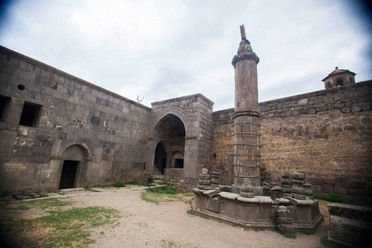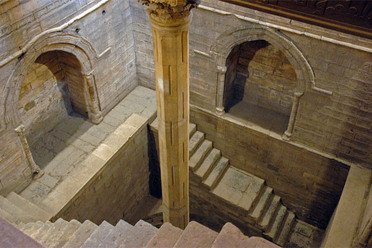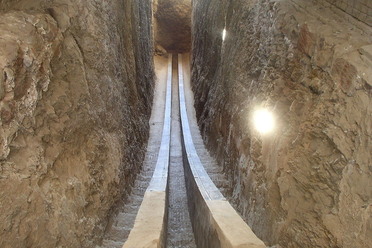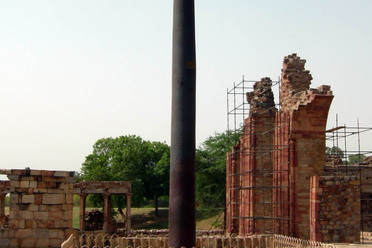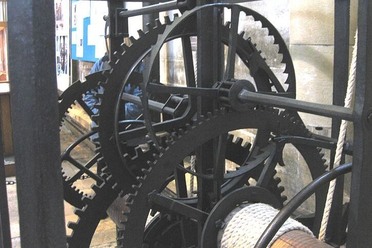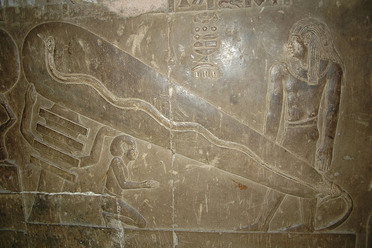At the edge of the tropical tree line of Lagoa das Furnas there is a charming lake in the middle of São Miguel Island. Emerging from this fairytale landscape is the slim tower of a neo-Gothic church that dates to 1882. What began as a testament to the ailing wife of a wealthy Azorean gardener and amateur botanist, ended up as one of the most evocative churches in the whole archipelago.
Capella de Nossa Senhora das Vitórias, Chapel of Our Lady of Victories, was intended to honor Maria Guilhermina Taveira de Brum da Silveira, the wife of a local landowner named José Do Conto. She had fallen tragically and terminally ill, and her husband took it upon himself to create this magical lakeside chapel. Calling on his renowned design and landscaping talents, despite the structural elements the whole endeavor feels more like the soft-focus of magical realism than hard-edge gothic.
Do Conto didn’t actually finish the work himself, but compelled it to be done before he passed away in 1898. Living to see its completion, his wish to be buried next to his wife was fulfilled, and both are there in the Chapel. There are 18 windows, mostly filled with bright stained glass that shine down colorful gospel depictions on the couple’s final resting place.
There are no services held here, which gives it an ancient, abandoned, and even timeless feeling as the natural elements take over. It stands like an old tree, firmly rooted and infused into the forest. Between the Chapel, the gardens, the lake, and the surrounding mountains, it stands out as one of the most endearing and rustic places in the Azores.











